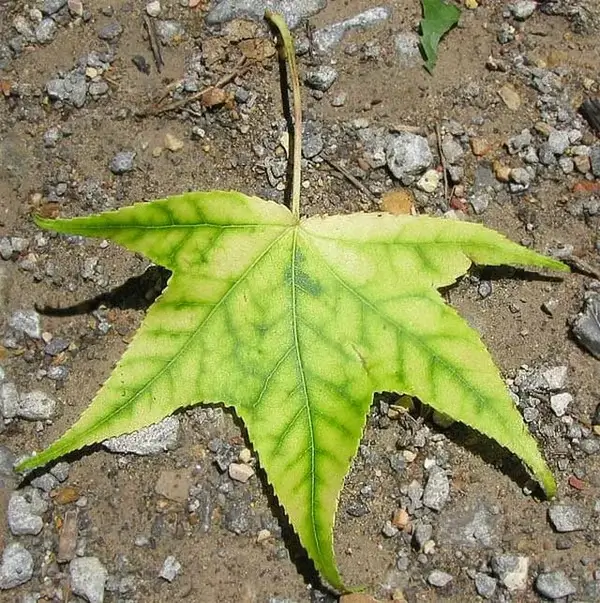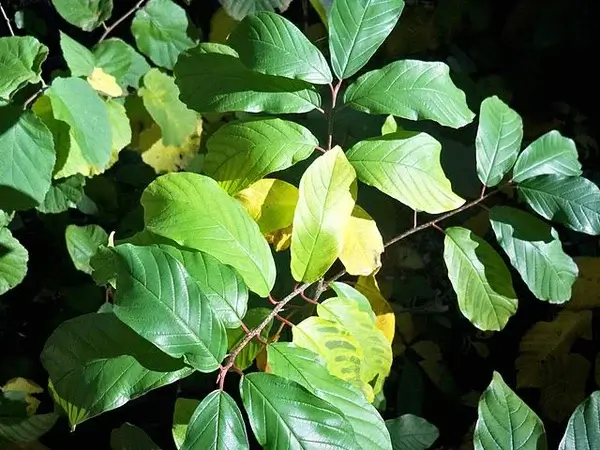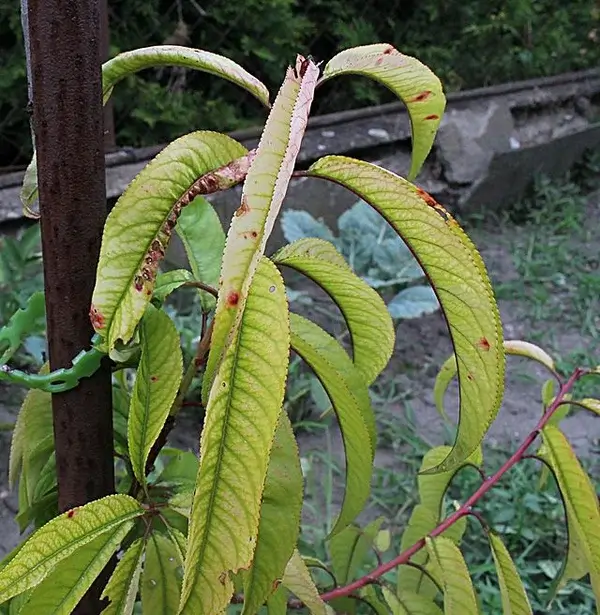Here is a common problem. You have prepared your soil or growing medium, stuck to a good watering schedule, but your plants are still not thriving?! This could be because they are suffering a nutrient deficiency.
Nutrient deficiency in plants can happen when the plant does not receive enough of one, or more of the essential nutrients it needs for growth. Without the right amount of nutrients, the plant will not grow as well and will start showing signs of a nutrient deficiency.
For optimal plant growth and to stop nutrient deficiency in plants, they need:
• The three primary macronutrients, which are nitrogen (N), phosphorus (P) and potassium (K).
• The Secondary Macronutrients, which are sulphur (S), calcium (Ca) and magnesium (Mg).
• Micronutrients (or trace elements), which are in smaller portions, such as Iron (Fe), Zinc (Zn), Copper (Cu), Manganese (Mn), Boron (B), and Molybdenum (Mo).
Before checking for a nutrient deficiency, it is a good idea to rule out anything else first, so have a check over your plants.
Check that your soil is not too wet and is draining well. If the soil is too compacted or is holding too much water, your plant may show signs of discolouration, or not be growing correctly.
Also check your plant is sitting in soil that is the correct pH. The pH range will differ for each type of plant, and some plants are harder to please! Soil that has a pH which is too acidic or alkaline, can stop the roots from taking in the nutrients correctly.
You should also keep an eye on other plant matters, such as the temperature in which your plant is growing in. If there is a sudden heatwave or icy weather, your plants growth may slow down. Make sure to check your plants for signs of other diseases or insect infestation.




A plant with chlorosis
How to spot a nutrient deficiency in plants
Nitrogen deficiency
Symptoms: Thin or gangly yellow leaves, occasionally with a pinkish colour. Caused by: Nitrogen is the nutrient that turns your plant green, so a plant nutrient deficiency in nitrogen will lead to yellowing of the leaves and plant, as well as stunted growth. Nitrogen is a soluble nutrient, so be careful not to allow it to wash out of the soil, and barely touch the roots. Solution: Try growing your plant in a growing medium like coco coir, which can hold water well, but still provide good drainage. If growing in soil then you can add in organic matter with your mulch, to help the plant absorb the nutrients. You could also try a fertiliser which is high in nitrogen.Potassium deficiency
Symptoms: Purple or yellow tinted leaves, which may be going brown at the edges. The plant may have trouble growing fruit or flowering. Caused by: Potassium is needed for photosynthesis (utilizing energy from the sun) and for controlling water uptake. It can help the plant grow strong, improve flowering and fruiting. On really light soil, such as chalky or sandy, the potassium can be washed away from the plant. Solution: Using a fertiliser that is high in potassium should help the problem.Phosphorus deficiency
Symptoms: Dull, yellow leaves and slow growth of the plant. Caused by: Phosphorus helps new shoots grow and is vital for root growth. Some heavy soils, such as clay can be a problem, particularly if you live in an area with a high amount of rainfall. Solution: Superphosphate or bone meal fertilisers should help the problem.Sulphur deficiency
Symptoms: A plant nutrient deficiency in sulphur will stunt the plants growth, as well as turning any new growth a pale yellow. Older growth will stay green. Caused by: Sulphur is very soluble, so in areas with particularly heavy rain, this can drain out the sulphur from the soil. Solution: To help with the plant nutrient deficiency use a fertiliser high in sulphur, such as sulphate of potash or ammonium sulphate.Calcium deficiency
Symptoms: Leaves of grass type plants may be rolled and not forming correctly. The roots can also turn brown and not grow correctly. New leaves may be stunted, and you might see ‘dead spots’ on the leaves. Caused by: Calcium is normally found in the correct quantities in soil, so the plant may be calcium deficient from another problem, such as incorrect pH. This will lead it to not be able to take in the calcium it needs. Solution: To help with this deficiency, use calcium nitrate early on in the growing season.Magnesium deficiency
Symptoms: Between the leaf veins you will notice a yellowing in colour. Grass type plants might have their leaves turned up at the edge. Some leaves will have a reddish-brown tint. Caused by: Magnesium is required to produce leaves A magnesium deficiency in plants can be caused by using too much of a high potassium nutrient (like tomato feed). This is because the plants will soak up the potassium over the magnesium. Magnesium deficiency can also occur in exceptionally light soils, such as sand. Solution: Try using Epsom salts (20g of Epsom salts per litre of water). Spray lightly on plants every 2 weeks, avoiding doing so on hot, sunny days or when it is about to rain.
Magnesium deficiency
Zinc deficiency
Symptoms: You will notice yellowing between leaf veins and brown spots in the newer leaves. New shoot growth will also be limited. Caused by: A zinc plant deficiency can be caused by soils which have a high pH level. Solution: A foliar spray containing zinc and manganese should help the plant grow and produce fruit.Copper deficiency
Symptoms: Plant leaves may become lifeless, weak, start to curl, or drop off. Growth may also be stunted. Caused by: A copper deficiency can occur if the soil pH is high, or if there is already a hight amount of other nutrients, such as potassium or phosphorus. Solution: Applying copper sulphate to your soil and lowering the pH, should help with this plant deficiency problem.Manganese deficiency
Symptoms: Yellowing in between the veins of new leaves and browning of the edges of leaves in plants that like a higher acid soil. Caused by: Manganese is necessary for the plant to create energy from the sun (photosynthesis). If the soil is too alkaline, plants can become manganese deficient (particularly acid loving plants). Solution: To fix the problem, use a manganese treatment, like Sequestrate, to the soil across the plant’s roots.Iron deficiency
Symptoms: The newer leaves of the plant will become a pale green or yellow and, if left untreated, even white. The plant veins will stay green. Caused by: Iron is necessary for the plant to create energy from the sun (photosynthesis). This deficiency is common in alkaline soils, particularly coastal areas. The plant roots are unable to take in the iron in the soil. Solution: Apply chelated iron to your plants and lower the pH of soil with ammonium sulphate.
Iron deficiency
Boron deficiency
Symptoms: Young leaves may have yellow edges, with blackening tips. Plants may become stunted and deformed or wrinkled. In flowering plants, new growth will turn a dark green colour. Caused by: Boron is necessary for the plant to form healthy cells. Plants growing in alkaline conditions can lead to a boron deficiency. Solution: Apply a foliar spray like borax to the soil around your plants.Molybdenum deficiency
Symptoms: Older leaves will start to yellow, whilst newer leaves will change to a light green. Leaves can become narrow and distorted, and start to turn in. If plants of the Brassica family (cabbages, broccoli, cauliflower) get molybdenum deficiency, their leaves will become narrow and distorted (also known as whiptail). This is usually if they are grown in alkaline soil. Caused by: Molybdenum can be less accessible in more acidic soil, although not having enough molybdenum in soil is unusual. Solution: Changing the soil to being more alkaline can help, as well as treating it with fritted trace elements.If you want the best solution to ensure your plants achieve maximum yield with no nutrient deficiencies, than go with any of our hydroponic systems. All our systems come with a full spectrum hydroponic nutrient that is incredible value and works every single time….
Smart Farm Tower Garden 3 Tower Smart Farm Garden 3 Tower DIY Hydroponic Garden 9 Tower DIY Hydroponic Garden
Do not forget to give us a follow-on Facebook and LinkedIn! Happy growing!
About the Author
Mr Stacky is the leader in Tower Garden Systems in Australia, specializing in commercial hydroponic farming, urban farming & residential vertical gardening.
Find out how he can help you achieve your food production goals. Contact Brian
